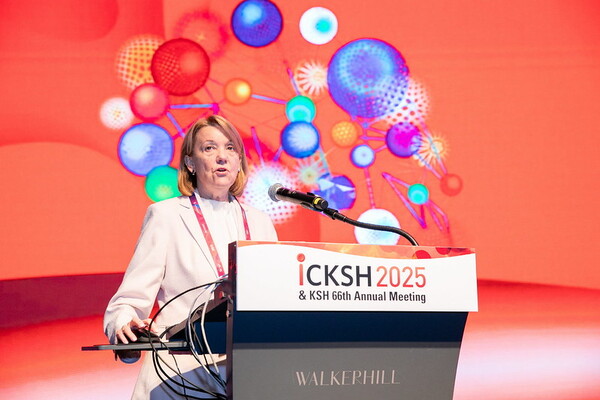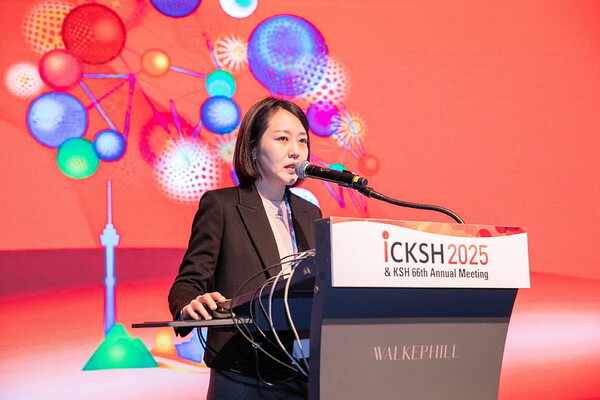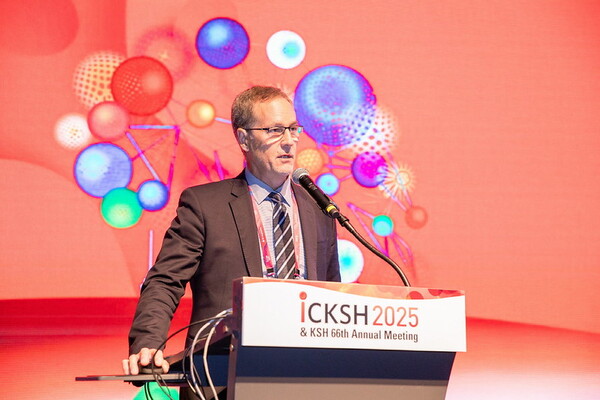As chronic myeloid leukemia (CML) care increasingly moves beyond single-gene testing, next-generation sequencing (NGS) is emerging as a new clinical standard, offering deeper insights into resistance mechanisms, treatment failure, and disease progression. While BCR::ABL1 fusion monitoring has long been the backbone of CML diagnosis and treatment response evaluation, recent advances in genomic science have revealed that this single-biomarker approach may not fully capture the complexity of the disease, particularly in patients with suboptimal response or progression to advanced phases.
NGS enables comprehensive profiling of co-existing cancer-associated mutations—such as ASXL1, RUNX1, and IKZF1—that are now recognized as key drivers of TKI resistance and disease evolution. Moreover, it allows for earlier detection of emerging clones and resistance mutations, including those not directly linked to BCR::ABL1, often months before clinical relapse becomes evident. As such, NGS is not only expanding the clinical understanding of CML pathobiology but is also laying the groundwork for a shift toward individualized therapy guided by dynamic molecular landscapes rather than static genetic markers.
This paradigm shift was a central theme at the ICKSH 2025 joint session hosted by the American Society of Hematology (ASH) and the Korean Society of Hematology (KSH), where international experts highlighted the potential of NGS to redefine risk stratification, therapeutic decision-making, and future clinical trial design in CML.
The ASH-KSH joint session [JS03] spotlighted how next-generation sequencing (NGS) is transforming the diagnosis and treatment of chronic myeloid leukemia (CML).
Experts from the U.S., Australia, and Korea presented the latest clinical insights into how genomic profiling beyond BCR::ABL1 can offer more precise disease monitoring and guide personalized treatment strategies.

Expanding the genetic lens: beyond BCR::ABL1 in CML resistance and prognosis
Professor Susan Branford from SA Pathology, Australia, opened the session with a comprehensive overview of how co-existing mutations influence CML progression and therapy outcomes.
Her analysis focused on the role of cancer-associated mutations—including ASXL1, RUNX1, and IKZF1—which are increasingly linked to treatment failure and disease transformation, especially in patients progressing from chronic to advanced phases.
Branford presented data from multiple cohorts showing that ASXL1 mutations, while detected in only 9 percent of newly diagnosed patients, become markedly more frequent as the disease advances. These mutations are also associated with lower molecular response rates and failure-free survival when treated with both first-line imatinib and second- or third-generation tyrosine kinase inhibitors (TKIs).
“In a longitudinal study of 42 treatment-failure patients, 83 percent had non-BCR::ABL1 mutations at the point of failure, compared to just 40 percent with kinase domain mutations,” she said. “Importantly, in many cases, these alternative mutations emerged several months before kinase domain mutations, highlighting their predictive value.”
Particularly in patients treated with asciminib, Branford emphasized the clinical significance of identifying mutations within the drug's target, the myristoyl pocket.
“Detecting these early allows timely switching to alternative TKIs before resistance is fully established,” she said.

Precision monitoring: NGS in atypical transcripts and subclonal resistance
Professor Kim Ji-eun of Soonchunhyang University College of Medicine detailed how NGS is advancing molecular diagnostics in real-world Korean settings.
She explained that while most patients express typical BCR::ABL1 transcripts (e13a2 or e14a2), about two percent harbor atypical fusions such as e8a2 or e6a2, which are difficult to detect with conventional RT-qPCR.
“NGS-based RNA sequencing can detect and characterize all fusion junctions in a single test, enabling individualized monitoring of rare transcripts,” Kim said.
Kim also highlighted how NGS excels in detecting low-frequency resistance mutations—such as T315I clones below one percent variant allele frequency—that often go unnoticed by Sanger sequencing.
A comparative study between RNA-seq and DNA-seq using the K562 cell line showed that RNA-seq was more sensitive in identifying splice variants and fusion transcripts, and single-cell RNA-seq further revealed intercellular differences in gene expression patterns associated with resistance phenotypes.

Systems biology and AI in CML: modeling response and relapse
Professor Richard A. Van Etten of the University of California, Irvine, introduced a systems biology approach integrating AI and mathematical modeling to simulate disease progression and therapy response in CML.
His team developed a dynamic, multi-compartment model incorporating feedback loops between stem, progenitor, and lymphoid cells, enabling simulation of both normal and malignant hematopoiesis.
In a preclinical mouse model, the team discovered a threshold effect in disease onset.
“When malignant stem cell chimerism remained below four percent, disease progression was delayed by months. Above that, full-blown CML emerged rapidly,” he explained.
Van Etten also cited single-cell transcriptomic data showing differential immune signatures between TKI responders and non-responders at diagnosis.
“Resistant patients showed high MYC and inflammatory signaling with suppressed NK ligand expression, suggesting early immune tolerance may play a role in primary resistance,” he said.
Future plans include spatial omics to identify ligand-receptor interactions within the bone marrow niche and validate new therapeutic targets such as IL-3 and CCL3.

Toward standardized precision care: Korean initiatives in digital PCR and NGS
Wrapping up the session, Professor Kim Hawk of Gachon University Gil Medical Center outlined Korea’s national efforts to harmonize CML diagnostics across institutions.
He described a new multicenter program under the CML Working Party that established BCR::ABL1 qPCR standardization among five hospitals using EUTOS-certified reagents.
Kim introduced digital droplet PCR (ddPCR) as a next-generation tool for low-level transcript quantification, particularly useful in treatment-free remission (TFR) monitoring.
“Our prospective study showed that ddPCR-based positivity at one year predicted relapse risk in TFR candidates with 60 percent accuracy,” he said.
He also shared early findings from a 114-patient study investigating cancer-associated mutations. ASXL1 was the most frequent mutation in chronic-phase patients, while complex variants like KMT2D dominated in advanced stages.
In parallel, his team is building machine learning models using ddPCR data to predict TFR failure more accurately, with time-to-TFR emerging as a key variable.
In the final panel discussion, speakers emphasized the need for standardized bioinformatics pipelines, clinical validation protocols, and interpretative workflows before NGS can be routinely integrated into frontline care.
They agreed that while NGS and AI-guided strategies hold great promise for reshaping CML therapy, robust multicenter cohorts and translational frameworks are essential to bring these tools from research into practice.
Related articles
- [ICKSH 2025] CML therapy moves toward precision with asciminib and genomic profiling
- [ICKSH 2025] CD38 at a crossroads of immune modulation and therapeutic innovation
- Ewha’s Ryu receives academic award from Korean hematology society
- [ICKSH 2025] Reimbursement policy determines success or failure of blood cancer treatment
- [ICKSH 2025] ‘High-risk pediatric AML needs precision, not more chemotherapy’
- [ICKSH 2025] ‘Advancing genetic insights to refine treatment strategies for Down syndrome-associated myeloid leukemia’
- [ICKSH 2025] ‘Ph-like ALL treatment paradigm shifting toward molecularly guided immuno- and targeted therapy’
- [ICKSH 2025] ‘Don't let treatment kill the patient before the disease does’: Mayo Clinic doctor
- [ICKSH 2025] CAR-T therapy reshapes lymphoma treatment amid new strategies and resistance challenges
- [ICKSH 2025] ‘Multiple myeloma patients must know about their disease. Our working party will help.’
- [ICKSH 2025] ICKSH expands beyond Asia, attracts experts from US and Europe
- [ICKSH 2025] Paroxysmal nocturnal hemoglobinuria drug Empaveli targets extravasation hemolysis
- [ICKSH 2025] Korean hematologists urge faster reimbursement for lifesaving blood cancer drugs
- [ICKSH 2025] Molecular insights and targeted therapies take center stage in AML care
- [ICKSH 2025] Basic principles of AI and its application in healthcare
- [ICKSH 2025] Spotlighting cutting-edge diagnostic technologies in hematology
- AbClon patents switchable CAR-T using nicotine byproduct as FDA eases oversight

